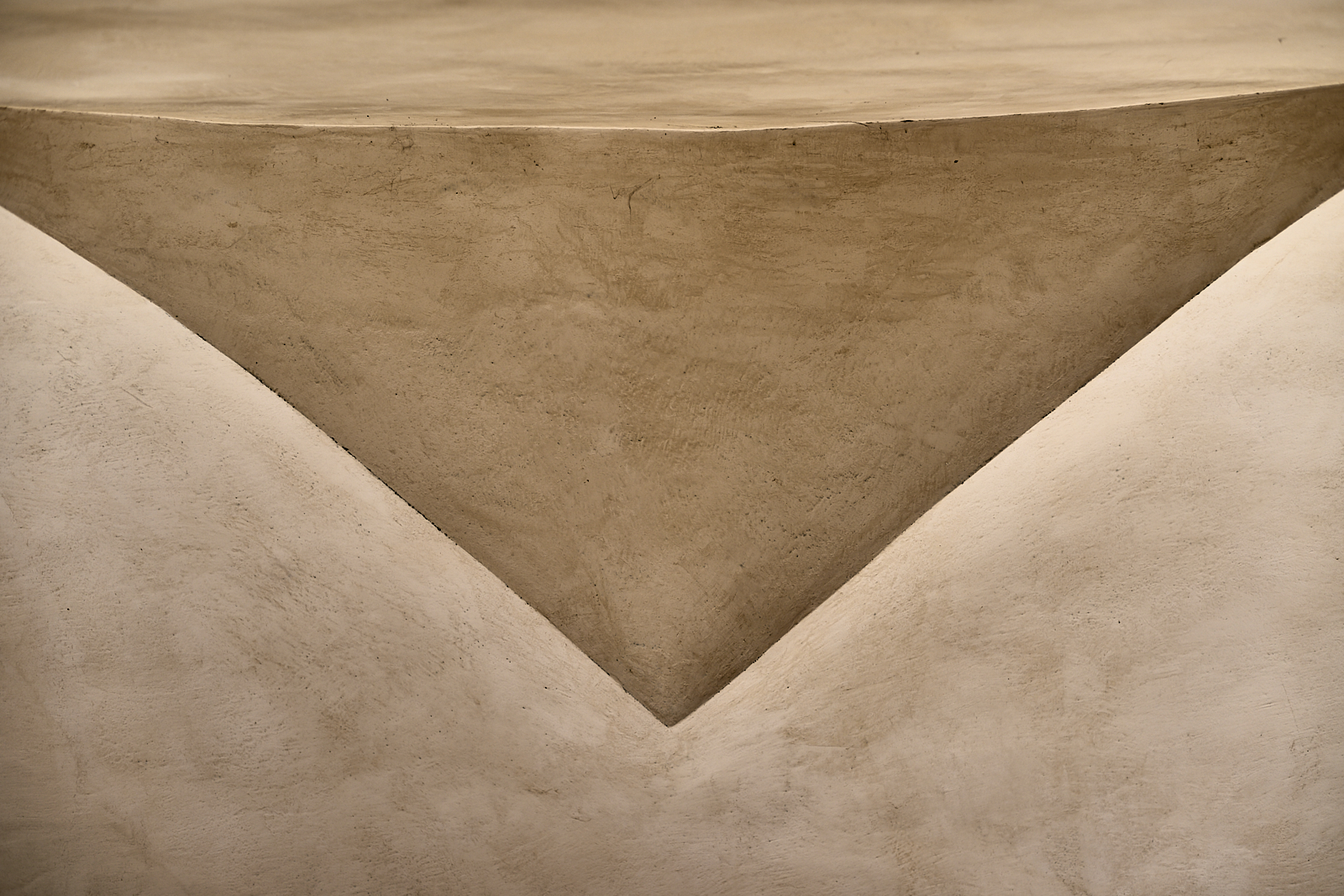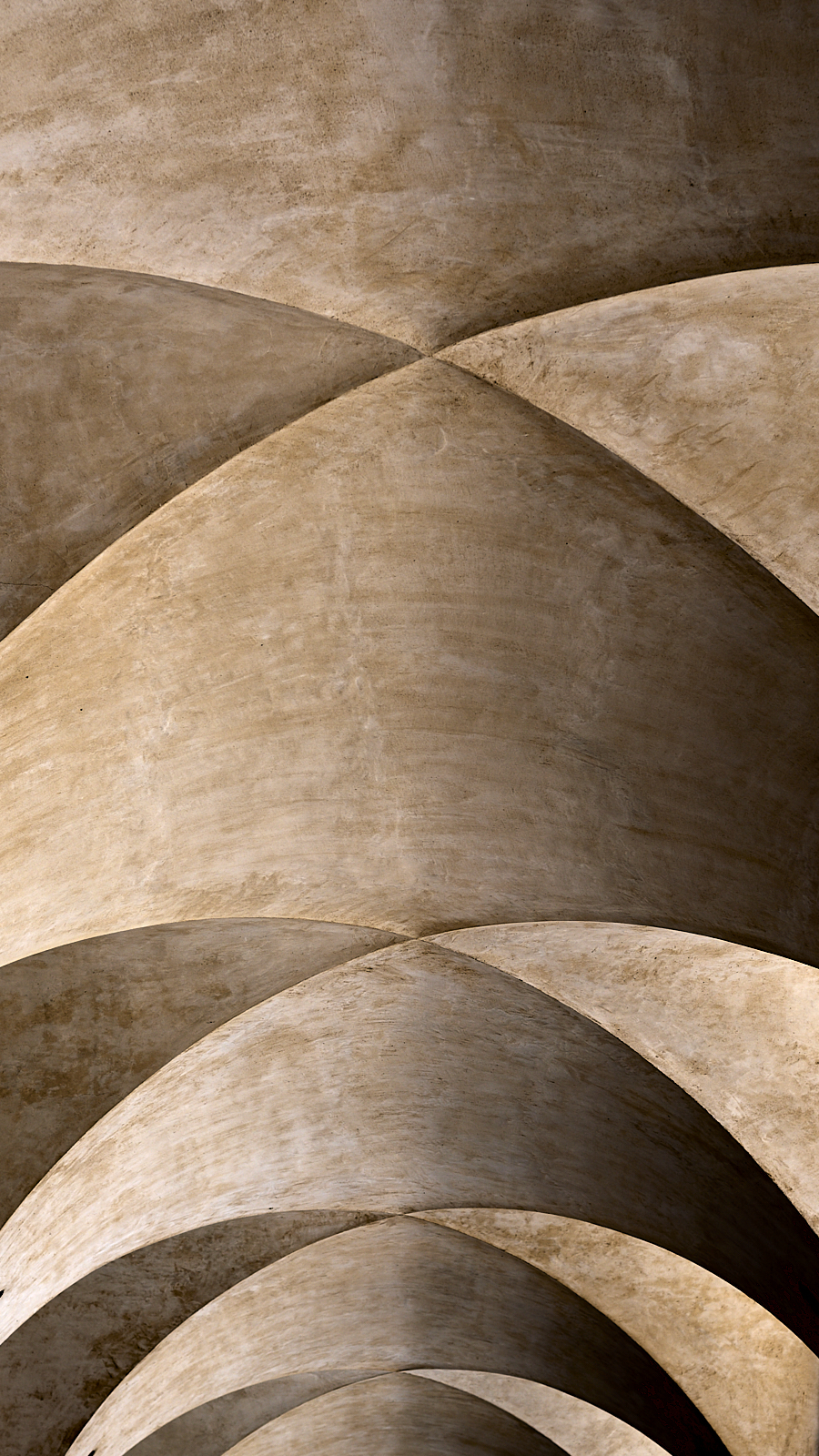“Digital Asset Management” is not my strong suit. I don’t consistently “tag” photos. My organizational scheme reflects more my experiences in making the photograph than the subject of any given photo — I tend to group images taken at a time and place. Consequently, I end up with digital piles of images in directories that resemble the boxes full of photographs forgotten in closets and attics, often with some now cryptic label on the top like “Vacation, ’68”. Yes, I am thwarting technology and ignoring the “solutions” built into the tools I use.

Using some stand-alone “DAM” application or the features built into the other tools I use would make finding images quick and painless. I could sort images by tags. I could see at a glance trends in the pictures I take (or at least trends in how I tag those pictures). I could assemble collections of images that spanned years. If I developed a robust and capacious tagging practice, I could find connections between images that I might not initially have expected. I could “harness the power” of my computer to make my work more efficient and discover things I wouldn’t otherwise see.

Similar arguments are made regularly about the importance for libraries and archives to transform their record keeping from paper to digital. The assumption, often an unexpressed marketing goal really, seems to be that targeted identification and retrieval is somehow an unalloyed good and certainly better than the more cumbersome practices that require people to move through the archives.
But I enjoy moving through the archive. I enjoy browsing the real and digital shelves, pulling a box off one just to see what’s inside. The thrill of stumbling across something I didn’t know or didn’t remember existed. It’s like finding that box of photographs, “Vacation ’68”, on the top shelf of the closet. You weren’t looking for it, but you put aside your previous task to leaf through the photos, trying to figure out who these people were and where, and trying to recover or invent the stories surrounding these photos.
Sure, even if I developed a robust tagging and retrieval system, I could continue to browse the shelves and digital boxes and stumble across things. But I wouldn’t. I would become lazy and soon would completely forget how to browse, forget the joys of serendipity and the pleasure of getting lost. Easy will always win, in the end. And every time easy wins, I lose something important.

Yes, I will lose track of countless images. That’s ok. I don’t need to keep precise track of all of my images. For me there’s a value in thumbing back through and finding photos I had forgotten, and recalling the larger story that goes with them. Sometimes it takes only a single image to recall an entire trip or season. My archive, insofar as I have one, is meant to be explored. It is the source not of images but of recollections and stories and imagination.